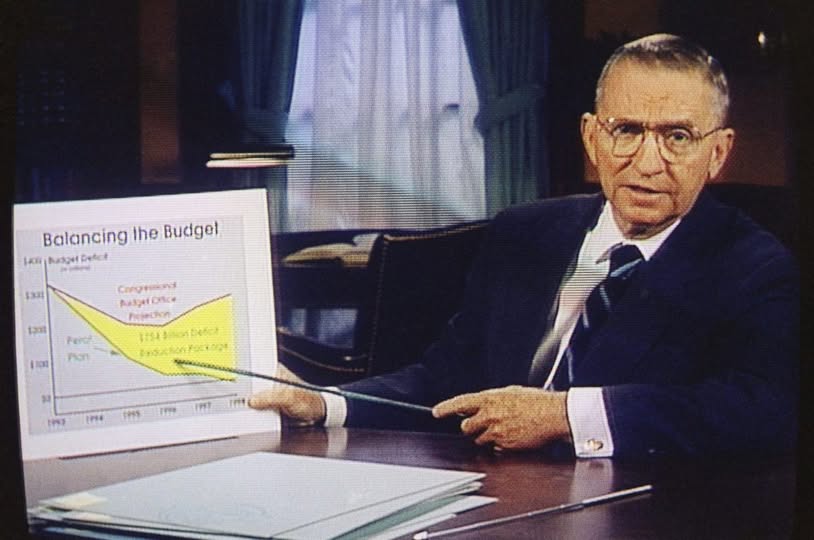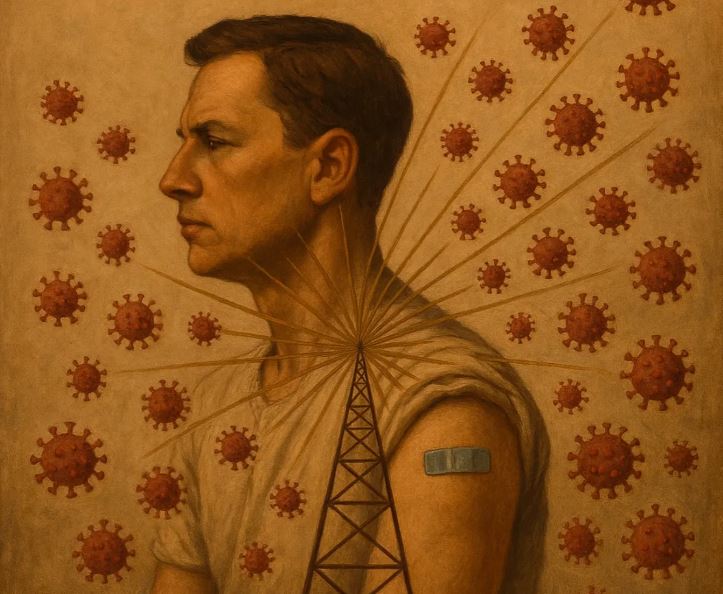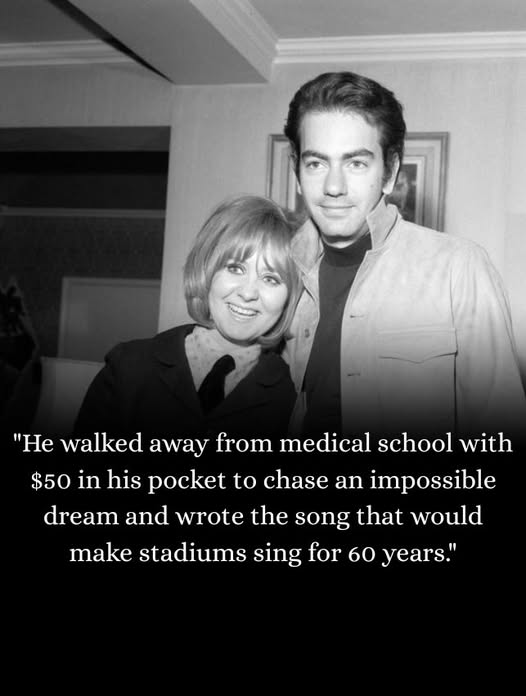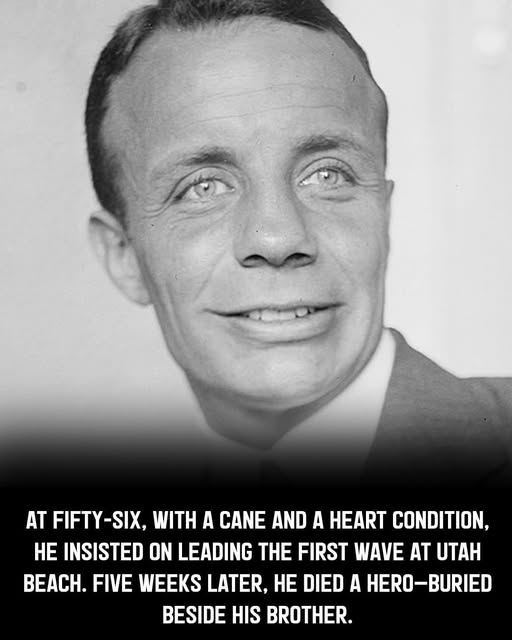(Tom: I saw this ad for a prostate solution. Nearly all the ingredients in this formula are in my Men’s Blend, https://www.healthelicious.com.au/Nutri-Blast-Mens-Blend.html , as well as another 70 for a total of 80 ingredients with the express intention to help the two key aspects of men’s health, the bathroom and the bedroom.)
Three weeks ago, a research paper was published in a European medical journal that should have made headline news…
It didn’t.
No major media coverage. No press releases. No doctors discussing it on morning talk shows.
Instead, something disturbing happened.
The paper was quietly removed from two major medical databases within 72 hours of publication. The lead researcher’s university website was “updated” — her faculty page now scrubbed of any mention of her prostate research. Two American physicians who shared the study on professional forums had their posts deleted for “violating community guidelines.” One received a call from his hospital’s legal department the next morning.
Someone powerful doesn’t want you to see this research.
And after reading what it contains, you’ll understand exactly why.
The study examined prostate tissue samples from 847 men between the ages of 50 and 75.
What they found should change everything we know about prostate problems.
And it should terrify the pharmaceutical companies making $3.2 billion annually from your suffering.
Here’s what the researchers discovered:
In 94% of the tissue samples — nearly every single one — they found massive accumulations of a thick, sticky hormonal residue clogging the microscopic blood vessels inside the prostate.
Not minor buildup. Not trace amounts.
Massive accumulations blocking up to 60% of blood flow to prostate cells.
The researchers had a term for what was happening.
“Prostate Suffocation.”
The prostate was slowly choking from the inside.
This is what’s causing the weak stream that takes forever to start.
The constant urgency that never fully goes away.
The 3am bathroom trips. Then 4am. Then 5am. Night after night after night.
The exhaustion that seeps into everything — work, relationships, the ability to feel joy.
The slow, humiliating feeling of becoming an old man trapped in a body that won’t cooperate.
And here’s the part that should make your blood boil:
This wasn’t new information.
Buried in the study’s citations were references to internal pharmaceutical research dating back decades — proprietary studies conducted by the same companies that manufacture Flomax, Finasteride, and every other prostate drug on the market.
They’ve known about this mechanism for years.
They’ve known that this hormonal residue is the root cause of prostate problems in aging men.
They’ve known that their medications don’t address it — that the drugs they sell simply relax bladder muscles while the underlying suffocation continues unchecked.
They’ve known that 70% of men on their drugs experience bedroom side effects — trading one nightmare for another.
And they’ve kept it quiet.
Because here’s the business problem:
If they created a drug that actually dissolved this residue and restored blood flow, you’d take it for two or three months. Your prostate would heal. Your symptoms would resolve.
And you’d stop paying them.
No more monthly refills. No more $300 prescriptions. No more lifetime of dependency.
A cured patient is a lost customer.
So instead, they sell you medications designed to manage symptoms indefinitely. Drugs that make you comfortable enough to keep taking them, but never address what’s actually wrong.
You stay sick. They stay profitable.
Year after year. Decade after decade.
Meanwhile, men everywhere are living the same quiet nightmare:
Standing over toilets at 3am, exhausted, waiting for a trickle that used to be a stream.
Mapping rest stops before every car trip. Skipping golf outings and poker nights because they can’t sit for three hours without multiple bathroom breaks.
Watching their wives move to the guest room — not out of anger, but exhaustion from being woken up five times a night.
Feeling the pity in her eyes. And knowing that hurts worse than any physical symptom.
Missing grandchildren’s recitals and graduations because they’re trapped in stadium bathrooms, wondering how the hell they became this person.
Turning down the retirement they worked 40 years for — the travel, the fishing trips, the freedom — because their bladder has become their prison warden.
The pharmaceutical industry knows this is happening. They know their drugs don’t fix it.
They don’t care.
But the European researchers didn’t just document the problem.
They documented solutions that actually work.
The second half of their paper examined natural compounds that could dissolve hormonal residue and restore blood flow to prostate tissue.
Compounds used in European medicine for decades — but that American doctors are never trained on. Because drug companies fund medical education. And they don’t teach solutions that would put them out of business.
Here’s what the research showed:
The first compound — Quercetin — reduced prostate inflammation by 46% and dissolved hormonal buildup in tissue samples within just 21 days.
The second — French Maritime Pine Bark Extract — increased blood flow to prostate tissue by 46% and reduced symptoms by 51% over 60 days.
The third — Curcumin with enhanced bioavailability — improved blood vessel function by 37% and slashed inflammatory markers by 44%.
Then Beta-Sitosterol: improved urinary flow rates by 34% and reduced residual urine volume by 24%. Men actually emptying their bladders completely again.
Saw Palmetto Extract reduced DHT levels — the hormone most responsible for residue production — by 30% and decreased nighttime bathroom trips by 25%.
The researchers also documented powerful synergistic effects when these compounds were combined with Pygeum bark, Pumpkin seed extract, Grape seed extract, Lycopene, and Rye pollen extract.
The conclusion was clear: natural compounds that attack the root cause outperformed drugs that just mask symptoms.
This should have been front-page news.
Instead, the study started disappearing.
First from PubMed. Then from Google Scholar search results. Then from the professional forums where physicians share research.
Someone is spending a lot of money to make sure American men never see this.
One person refused to let that happen.
Dr. Michael Thompson had spent 20 years as a board-certified urologist in Austin, Texas. Over 15,000 patients. Countless prescriptions written. Hundreds of surgical referrals.
He believed he was helping people.
Then his own prostate started failing him.
The same nightmare he’d watched thousands of men describe — he was living it. The sleepless nights. The weak stream. The exhaustion that never lifted. The feeling of his body betraying him.
He tried Flomax. The drug he’d prescribed to thousands of desperate men.
Within weeks, he couldn’t perform with his wife.
The “rare” side effect his pharmaceutical training had glossed over? He discovered 70% of men experience it. Seventy percent.
He’d never told his patients that. Because he’d never been told.
His colleagues recommended surgery.
But Dr. Thompson had seen the other side of that equation. The men in diapers. The destroyed marriages. The 40% who needed a second procedure within a decade.
He refused.
Instead, he started digging into research that wasn’t funded by drug companies. Studies from European institutions with no financial ties to American pharmaceutical giants.
That’s when he found the suppressed research.
And everything he thought he knew collapsed.
Twenty years. Fifteen thousand men.
He’d been treating symptoms while the real cause — prostate suffocation — got worse underneath.
The guilt was crushing.
He thought about every man he’d failed. Every prescription that masked a problem instead of solving it. Every patient now living with “rare” side effects that weren’t rare at all.
Dr. Thompson couldn’t unknow what he now knew.
So he walked away.
Left his practice. His $400,000 salary. His reputation. Everything he’d spent two decades building.
And he got to work.
For 18 months, he consulted with European researchers. Analyzed every study on prostate suffocation he could find. Worked with biochemists to develop a formula that addressed the root cause — not just the symptoms.
Based on the research, he created what he called the “Triple-Action Prostate Detox”:
Step 1: Dissolve years of built-up hormonal residue
Step 2: Restore oxygen-rich blood flow to suffocating cells
Step 3: Rebalance hormones to prevent future accumulation
He formulated it with all 10 clinically proven compounds at the exact therapeutic dosages shown to be effective in the European research.
He called it FlowRevive.
Then he tested it on himself.
Day 10: Woke up and realized he’d only gotten up twice. Not five times. Twice.
Week 3: His stream felt different. Stronger. Fuller. He wasn’t standing there for minutes waiting anymore.
Month 1: Slept six straight hours for the first time in years. Woke up confused — then realized he simply didn’t need to pee.
Month 3: Took his wife on a trip they’d been postponing for years. Five-hour flight. Entire vacation without bathroom anxiety. She held his hand on the beach and cried.
“I have my husband back,” she told him.
Word spread quietly. Former patients. Colleagues who trusted him. Desperate men who’d heard whispers about a urologist who’d found something different.
A 62-year-old from Phoenix canceled his surgery after his symptoms virtually disappeared.
A 67-year-old slept 8 hours straight for the first time in a decade. His wife moved back into their bedroom.
A 70-year-old told his wife he felt like the man she’d married 45 years ago. They booked a cruise — something he’d refused to consider for years because of bathroom anxiety.
One man put it simply: “I got my life back. I didn’t realize how much I’d lost until I got it back.”
The pharmaceutical companies will keep trying to bury this research.
They’ll keep paying for studies that support their drugs.
They’ll keep funding the medical education that trains doctors to prescribe their products. They’ll keep pressuring journals to remove anything that threatens their profits.
But they can’t stop you from trying FlowRevive.
They can’t stop you from experiencing what happens when you finally address the root cause instead of masking symptoms.
And they can’t take back your results once you’re sleeping through the night, urinating with a powerful stream, and living without the constant urgency that’s been controlling your life for years.
FlowRevive comes with a 90-day money-back guarantee.
If you don’t experience significant improvement — if you’re not sleeping better, urinating stronger, and feeling like yourself again — you get every penny back.
No questions. No hassles. No risk.
The pharmaceutical industry has been hiding this research for years.
Exposed men have suffered in silence — exhausted, embarrassed, watching their lives shrink around a bathroom schedule — while drug companies counted their billions.
Now you know the truth.
Don’t let them profit from your suffering one more day.
https://try.rootedvitalsmd.com/NewResearch
P.S. — They’ve known for decades that prostate problems are caused by suffocation, not “just aging” — and that natural compounds can fix the root cause in ways their drugs never will. They buried this research because it threatens their profits. But they can’t bury your results. FlowRevive contains all 10 compounds identified in the European research, at therapeutic dosages. The 90-day guarantee means you risk nothing. They’ve been profiting from your suffering long enough. It’s time to take your life back.









